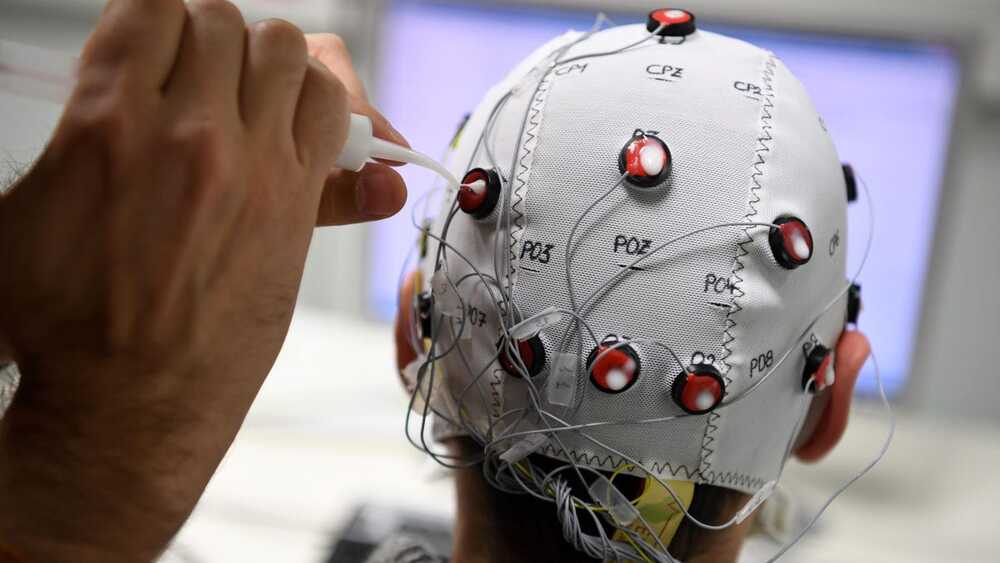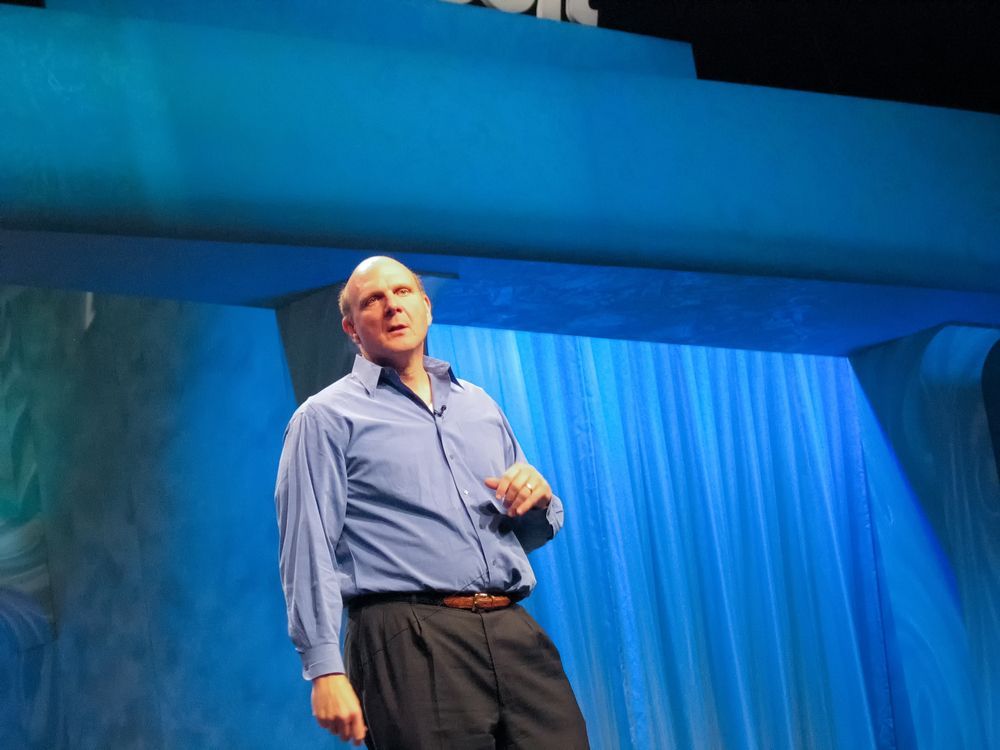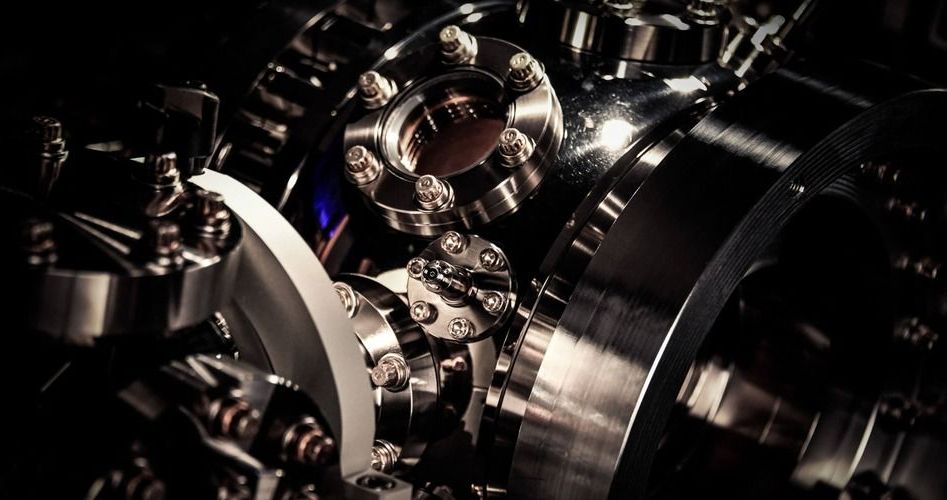Startup reveals a unique quantum computing system.
Quantum computing startup claims it has a 100-qubit quantum computing system.



Flexible computer processors have circuits printed onto plastic film.
PragmatIC
Could a flexible processor stuck on your produce track the freshness of your cantaloupe? That’s the idea behind the latest processor from UK computer chip designer Arm, which says such a device could be manufactured for pennies by printing circuits directly onto paper, cardboard or cloth. The technology could give trillions of everyday items such as clothes and food containers the ability to collect, process and transmit data across the internet – something that could be as convenient for retailers as it is concerning for privacy advocates.


MIT physicists have observed signs of a rare type of superconductivity in a material called magic-angle twisted trilayer graphene. In a study appearing in Nature, the researchers report that the material exhibits superconductivity at surprisingly high magnetic fields of up to 10 Tesla, which is three times higher than what the material is predicted to endure if it were a conventional superconductor.
The results strongly imply that magic-angle trilayer graphene, which was initially discovered by the same group, is a very rare type of superconductor, known as a “spin-triplet,” that is impervious to high magnetic fields. Such exotic superconductors could vastly improve technologies such as magnetic resonance imaging, which uses superconducting wires under a magnetic field to resonate with and image biological tissue. MRI machines are currently limited to magnet fields of 1 to 3 Tesla. If they could be built with spin-triplet superconductors, MRI could operate under higher magnetic fields to produce sharper, deeper images of the human body.
The new evidence of spin-triplet superconductivity in trilayer graphene could also help scientists design stronger superconductors for practical quantum computing.

Amnesty International — part of the group that helped break the news of journalists and heads of state being targeted by NSO’s government-grade spyware, Pegasus — has released a tool to check if your phone has been affected. Alongside the tool is a great set of instructions, which should help you through the somewhat technical checking process. Using the tool involves backing up your phone to a separate computer and running a check on that backup. Read on if you’ve been side-eyeing your phone since the news broke and are looking for guidance on using Amnesty’s tool.
The process is straightforward, but it requires some patience.

This computer technician built a life-size remote-controlled Corvette.
Watch more from Cars Insider on Snapchat Discover: https://insder.co/cars.



Researchers at Honeywell Quantum Solutions have taken a significant step toward demonstrating the viability of large-scale quantum computing on its trapped-ion quantum computing technology.
The Honeywell team can now perform quantum error correction (QEC), which are protocols necessary to detect and correct errors in real time on a quantum computer. They demonstrated the ability to “protect” quantum information (prevent a quantum computation from being quickly corrupted by imperfections and noise) on the System Model H1. This is an important first in the quantum computing industry. Currently, most demonstrations of quantum error correction involve correcting errors or “noise” after the procedure has finished running, a technique known as post-processing.
In a paper published this week on arXiv, researchers detailed how they created a single logical qubit (a series of entangled physical qubits) and applied multiple rounds of quantum error correction. This logical qubit is protected from two main types of errors that occur in a quantum computer: bit flips and phase flips.